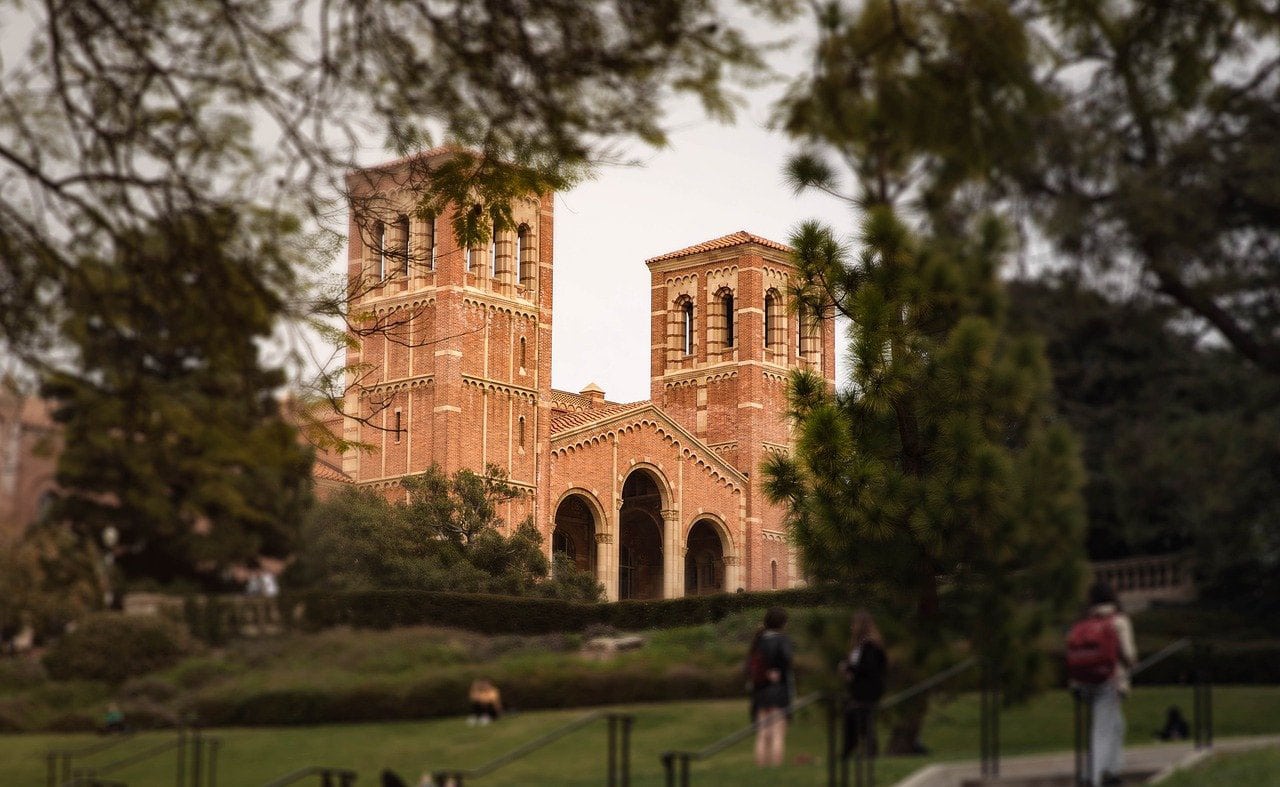If there is to be any renewal of Jewish life in Prague today, according to Prague’s Chief Rabbi Karol Sidon of the Beit Praha (“House of Prague”) congregation, it will be due to foreign expatriates (“The Great Jewish Cities of Central and Eastern Europe,” by Eli Valley, p. 278).
This is not to say that some young Czech Jews are not trying to create community. Those who remain in Prague – a small number – have divided into two congregations, Beit Praha (Orthodox) and Beit Simcha (“House of Joy” – Reform/Conservative) and are doing the very best they can.
Prague is an exciting city by any standard. A feast for the eyes, the city’s multiple architecture styles and beautiful buildings, narrow streets, restaurants, shops, and magnificent churches, its burgeoning economy, and the past 25 years of Czech freedom make it a welcome residence and an exciting destination for visitors.
For the Jewish traveler there are many sites of interest including the Altneuschul (“The Old New”), Spanish, and Pinchas Synagogues, several Jewish museums, the Holocaust Memorial, and the Jewish quarter’s cemetery with graves of significant rabbis including Rabbi Judah Loew (the MAHARAL) of Golem fame.
Despite the long and rich history of the Prague Jewish community, it has suffered a fate similar to that of other central European Jewish communities decimated by genocide, assimilation and immigration.
Over the last 800 years, the fate of the Moravian and Bohemian Jewish communities in this region was dependent on the largess of the king, and though at times Jews thrived, Prague suffered the entire list of classic anti-Semitic decrees at one time or another, including the prohibition against Jews owning land, living among Christians, belonging to guilds, and holding public office. At times Jews were forced to wear identification marks on their clothing, were restricted to peddling or money lending, paid high taxes, and were compelled to make “loans” to the royal treasury.
In good times, Jews held the status of “servi camerae – servants of the king” in which they were defended against pogroms provoked by the infamous blood libel accusation.
By the beginning of World War I, Jewish assimilation was so widespread that Judaism was all but gone from Prague though such luminaries as Sigmund Freud, Gustav Mahler and Franz Kafka were born and raised there. By 1940, the Prague Jewish population had swelled to 55,000 to include refugees escaping the Nazis from the Sudetenland, Austria and elsewhere. After the Germans occupied Prague on March 15, 1939, Jews were expelled from all facets of the economy. Their property and belongings were stolen, and they were excluded from schools, trams, parks, and restaurants. Most of Prague’s Jews were eventually deported to Terezin, of which only 7500 survived.
After WWII, 20,000 Jews moved to Prague from the east thus making it a center of Jewish life in central Europe for a brief while. In 1948, large numbers made aliyah to Israel. After the communists came to power in 1950, 26,000 more Jews left as life became precipitously worse for those who remained.
After the dissolution of the Soviet Union in 1989, Judaism experienced a kind of revival and became fashionable for the small remnant of young Jews whose survivor parents had remained, but assimilation and intermarriage had a continuing deleterious effect. Even non-Jewish young people were attracted to Judaism.
Today, Prague claims only 1350 registered Jews, half of whom are over the age of 70, though unofficial estimates range from between 5,000 and 20,000 of Jewish lineage.
The chronicler of Central European Jewish history, Eli Valley, blames the current Jewish leadership of Prague for its lack of organized, serious and sustained outreach to those of Jewish heritage living in the city, and he despairs of Prague’s Jewish future (Ibid, p. 26-27).
My synagogue group celebrated Kabbalat Shabbat with the Reform Beit Simcha in the magnificent Spanish Synagogue. Beit Simcha has no rabbi, and so services that evening were led by a brilliant young woman who works as a professional translator. Our group of 30 dwarfed the number of locals present. The prayer leader and the Orthodox son of the Executive Director of the organized Prague Jewish community joined us later for dinner and conversation.
Though these two young Jews were upbeat about what is happening in their respective congregations, I was not persuaded that the seeds for renewal were there. Though there is a kosher restaurant in the city, the Jewish communal organization oversees and maintains all Jewish sites, and Shabbat and holiday services are held, little else seems to be going on.
My own sense of this very small community is that it will remain small. Anti-Semitism in Prague is currently insignificant, but the history and state of the community does not suggest that a large scale revival is imminent. Indeed, despite the magnificence of Prague, the rich history of Jewish life there reaching back a millennium, the beauty of its synagogues, and the material wealth of many Prague Jews, Judaism in Prague is now little more than memory.
This is the fourth and last in a series of blogs on Central European Jewish communities – see:
Only the Guilty are Guilty – Reflections About Germany Then and Now on Kristallnacht – Sunday, November 9, 2014
A Dark and Heavy Cloud of Memory Hovering Over Budapest’s Jews – Sunday, November 16, 2014
Pavel Stransky – Terezin, Auschwitz and the Death March of a Survivor – Tuesday, November 18, 2014



















 More news and opinions than at a Shabbat dinner, right in your inbox.
More news and opinions than at a Shabbat dinner, right in your inbox.